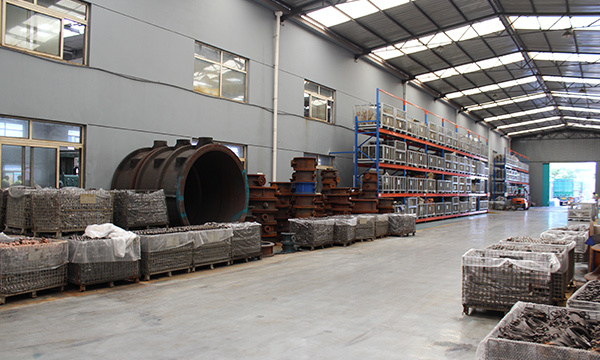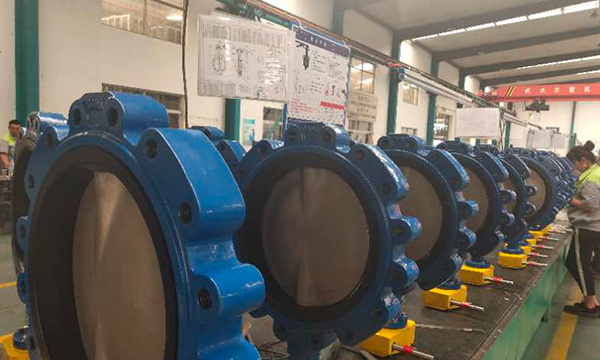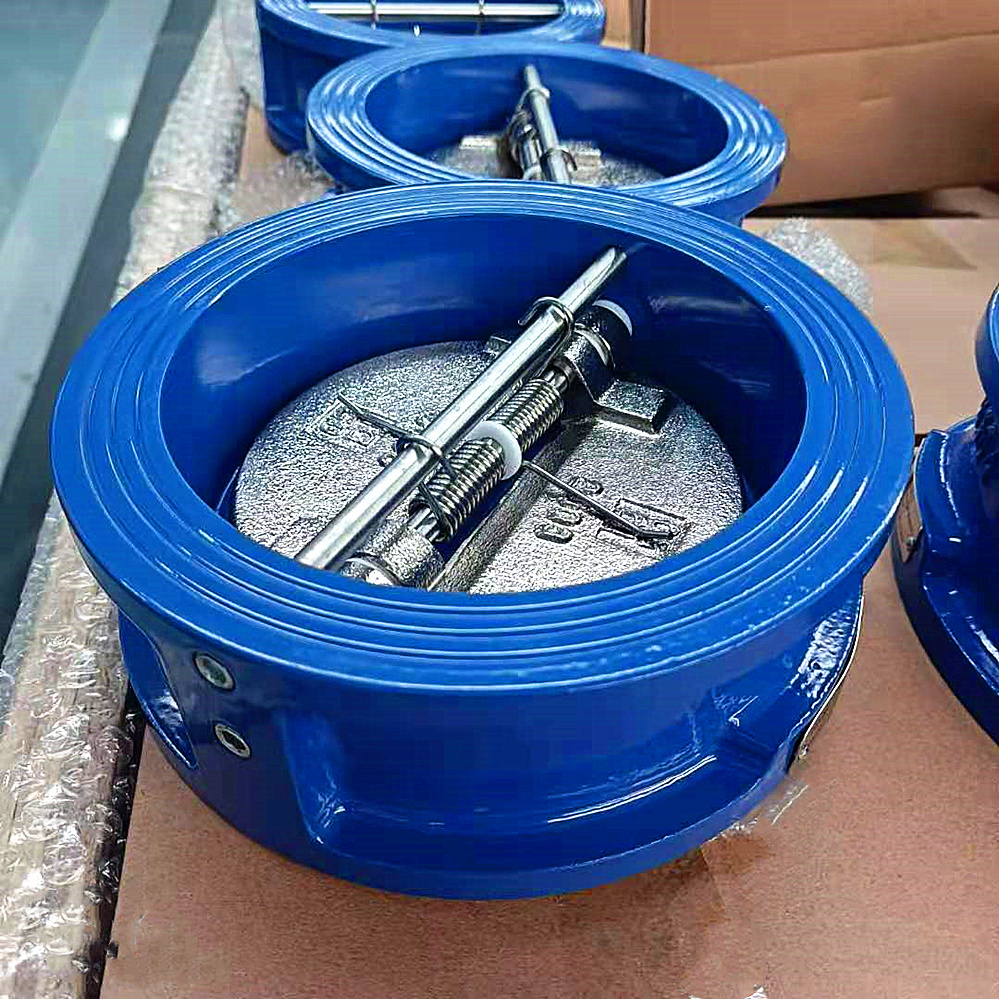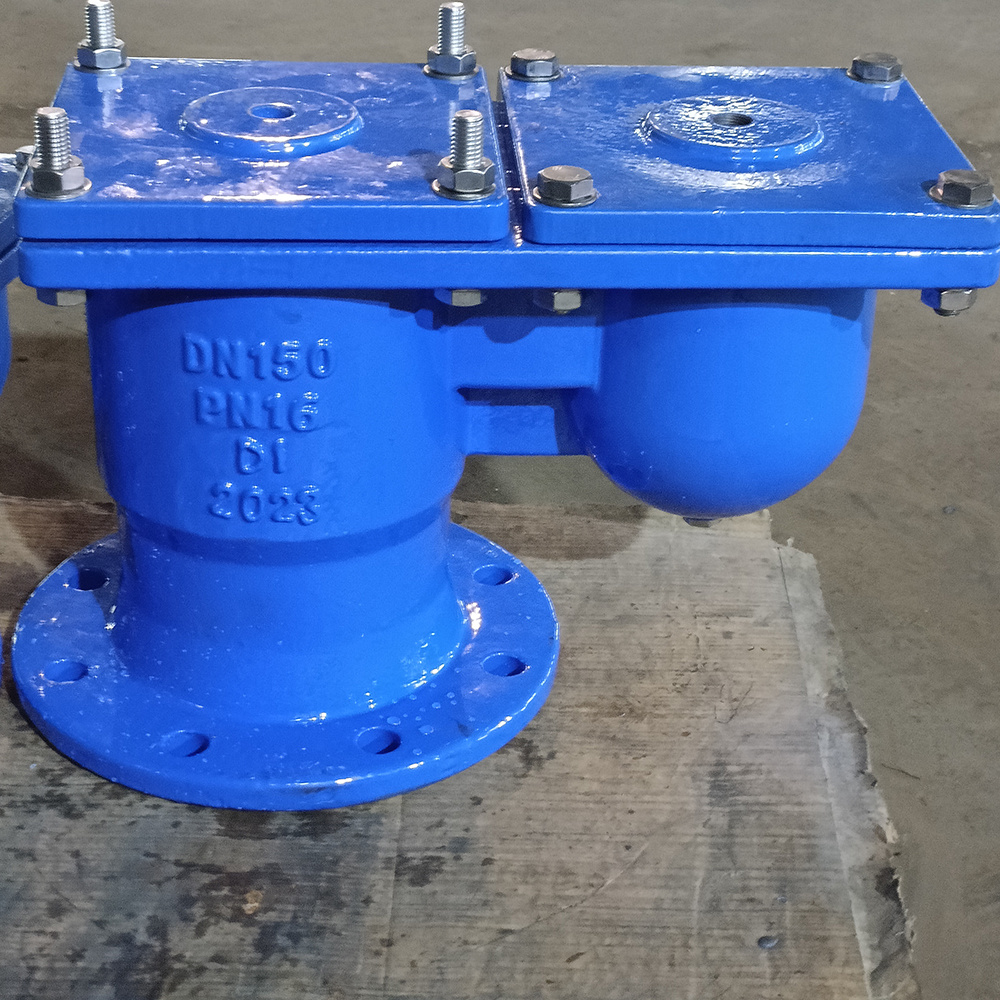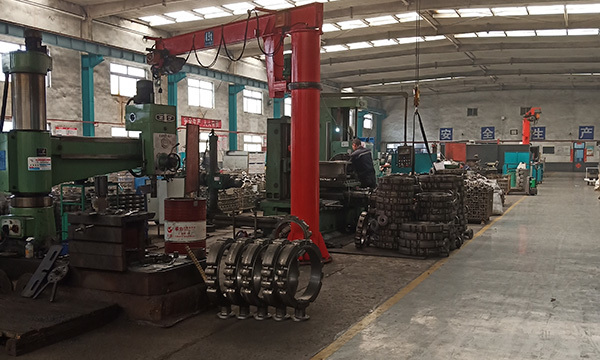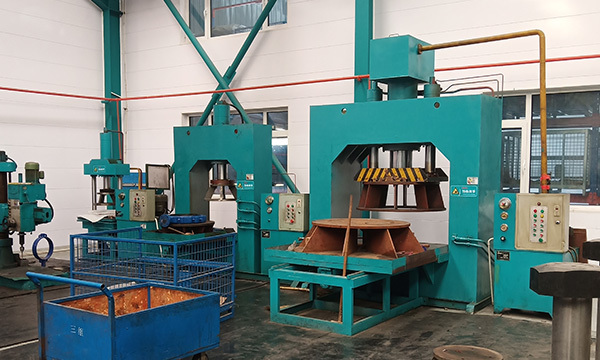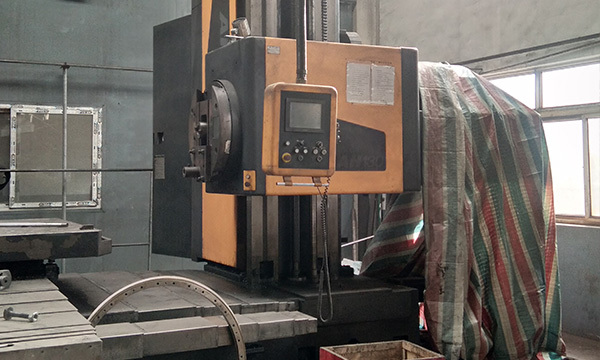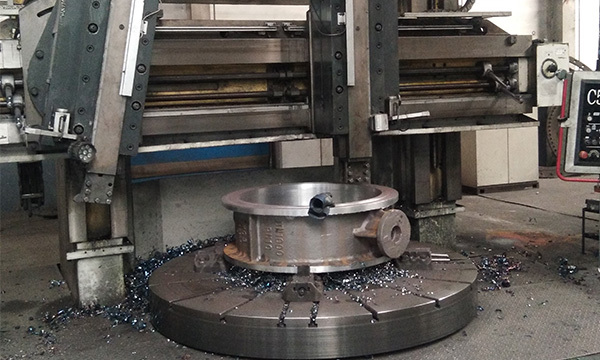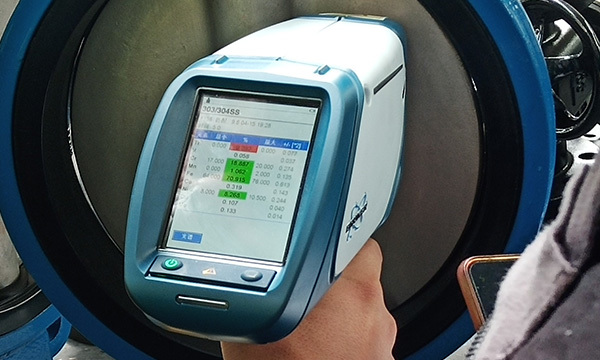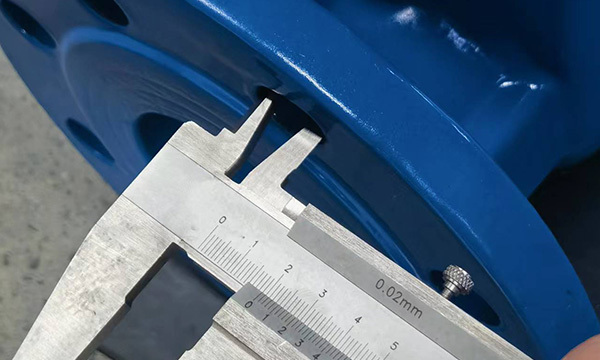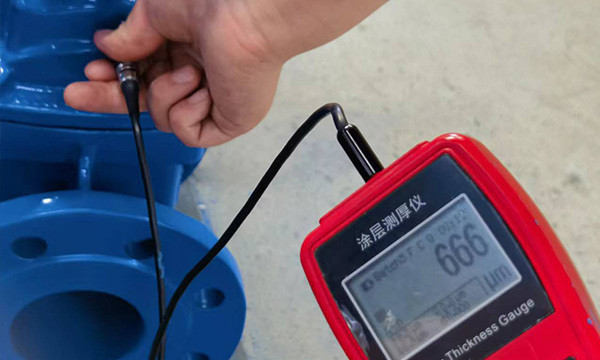Unlocking Potential: Dual Check Valves for Sustainable Industrial Practices
2025-06-06
Unlocking Potential: Dual Check Valves for Sustainable Industrial Practices
Table of Contents
1. Introduction to Dual Check Valves
2. The Importance of Sustainable Practices in Industry
3. Understanding Dual Check Valves: Mechanism and Functionality
4. Advantages of Using Dual Check Valves in Industrial Applications
4.1 Enhanced Energy Efficiency
4.2 Improved System Reliability
4.3 Environmental Benefits
5. Key Applications of Dual Check Valves
5.1 Water and Wastewater Treatment
5.2 Chemical Processing
5.3 HVAC Systems
6. Best Practices for Implementing Dual Check Valves
6.1 Selection Criteria
6.2 Maintenance and Inspection
7. Future Trends in Dual Check Valve Technology
8. Frequently Asked Questions (FAQs)
9. Conclusion
1. Introduction to Dual Check Valves
In the realm of industrial equipment, **dual check valves** serve as pivotal components that enhance efficiency and sustainability. These valves play a critical role in preventing backflow in piping systems, ensuring the proper flow of fluids while safeguarding equipment and processes. As industries increasingly prioritize sustainability and energy efficiency, understanding the function and benefits of dual check valves is more important than ever.
2. The Importance of Sustainable Practices in Industry
Sustainability in industrial practices is no longer just a trend; it is a necessity driven by regulatory requirements and consumer expectations. Industries are under pressure to reduce their environmental footprint while maintaining productivity and profitability. Implementing sustainable practices not only mitigates environmental impact but also leads to significant cost savings. Here, dual check valves emerge as an essential technology that aligns with these sustainability goals.
3. Understanding Dual Check Valves: Mechanism and Functionality
Dual check valves are designed to prevent the reverse flow of fluids, which can lead to contamination and system inefficiencies. These valves typically consist of two independent check mechanisms that work in tandem to ensure reliability. When fluid flows in the intended direction, the valves open, allowing passage. In contrast, if backflow occurs, both check mechanisms seal shut, effectively blocking any reverse flow.
This dual mechanism enhances system integrity and reduces the risk of contamination across various applications, from water treatment to chemical processing. Understanding the underlying mechanics of dual check valves is crucial for industries looking to improve their operational efficiency.
4. Advantages of Using Dual Check Valves in Industrial Applications
The incorporation of dual check valves in industrial systems offers numerous benefits that contribute to sustainability and operational excellence.
4.1 Enhanced Energy Efficiency
By preventing backflow, dual check valves ensure that systems operate at optimal capacity, minimizing energy wastage. When fluids are allowed to flow freely in one direction without the risk of backflow, energy consumption is significantly reduced. This efficiency translates into lower operating costs and a smaller carbon footprint.
4.2 Improved System Reliability
Reliability is paramount in industrial operations. Dual check valves provide an additional layer of security by ensuring that systems remain sealed against backflow under varying pressure conditions. This reliability not only protects equipment but also enhances overall system performance.
4.3 Environmental Benefits
The environmental implications of utilizing dual check valves are substantial. By preventing contamination and ensuring clean fluid transport, these valves contribute to better water quality and reduced environmental degradation. Industries that adopt dual check valves demonstrate their commitment to environmental stewardship, which can enhance their reputation and customer loyalty.
5. Key Applications of Dual Check Valves
Dual check valves find application across a broad spectrum of industries, each benefiting from their unique features.
5.1 Water and Wastewater Treatment
In water treatment facilities, dual check valves are essential for maintaining the integrity of clean water supplies. They prevent backflow that could lead to contamination, ensuring that treated water remains safe for consumption.
5.2 Chemical Processing
Chemical processing plants frequently deal with hazardous materials. Dual check valves are crucial for preventing the backflow of corrosive or toxic substances, thus safeguarding both personnel and the environment.
5.3 HVAC Systems
In HVAC applications, dual check valves help maintain pressure balance within systems, facilitating efficient heating and cooling operations. By ensuring that air and fluid flows remain unidirectional, they enhance system performance and energy efficiency.
6. Best Practices for Implementing Dual Check Valves
To maximize the benefits of dual check valves, industries must adhere to best practices during selection and installation.
6.1 Selection Criteria
Choosing the right dual check valve involves considering factors such as fluid type, pressure requirements, and temperature ranges. Industries should consult with manufacturers to ensure compatibility with their specific applications.
6.2 Maintenance and Inspection
Regular maintenance and inspection of dual check valves are vital for ensuring their longevity and functionality. Routine checks can identify wear and tear, enabling timely replacements and minimizing the risk of system failures.
7. Future Trends in Dual Check Valve Technology
The future of dual check valves is promising, with ongoing advancements aimed at improving efficiency and functionality. Innovations such as smart valves equipped with sensors and IoT capabilities are emerging, allowing for real-time monitoring and data analysis. These advancements will further enhance operational efficiency and sustainability, positioning dual check valves at the forefront of industrial innovation.
8. Frequently Asked Questions (FAQs)
What are dual check valves used for?
Dual check valves are primarily used to prevent backflow in fluid systems, ensuring that fluids flow in one direction only.
How do dual check valves contribute to sustainability?
By preventing contamination and ensuring efficient fluid transport, dual check valves help reduce waste and environmental impact, contributing to sustainable industrial practices.
What factors should be considered when selecting a dual check valve?
Key factors include fluid type, pressure and temperature requirements, and the specific application for which the valve is intended.
How often should dual check valves be inspected?
Regular inspections are recommended, typically on a quarterly or biannual basis, to ensure that the valves are functioning properly and to address any wear or damage.
Are there any specific maintenance practices for dual check valves?
Maintenance practices include routine inspections, cleaning, and timely replacements of worn components to ensure optimal performance.
9. Conclusion
Dual check valves represent a powerful tool for enhancing sustainability and efficiency in industrial practices. Their ability to prevent backflow, improve system reliability, and contribute to environmental protection makes them invaluable in a variety of applications. As industries continue to evolve towards more sustainable practices, the role of dual check valves will become increasingly significant. By understanding their functionality, benefits, and best practices, industries can unlock the full potential of these essential components, paving the way for a more sustainable future.
Dual check valve


